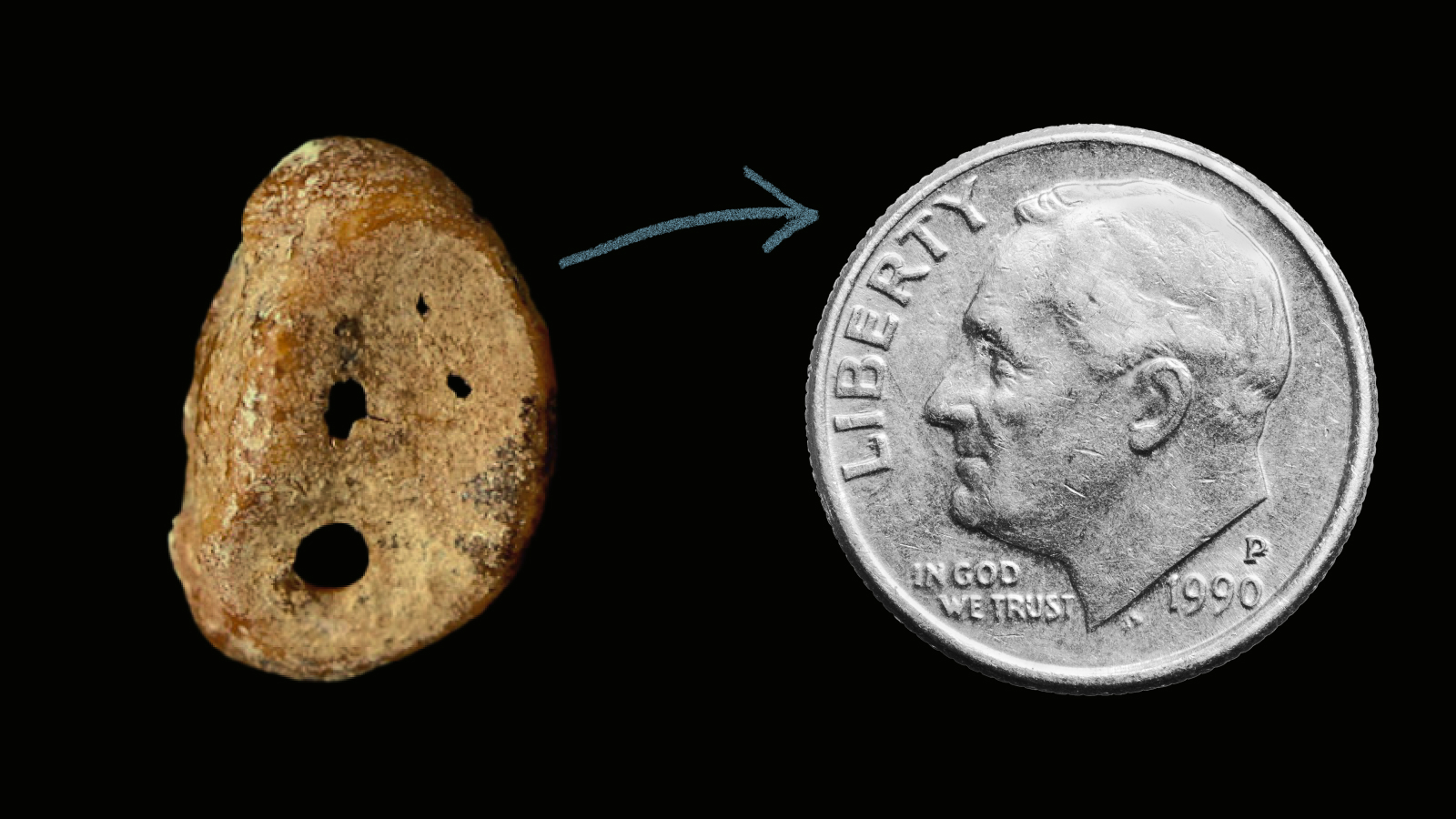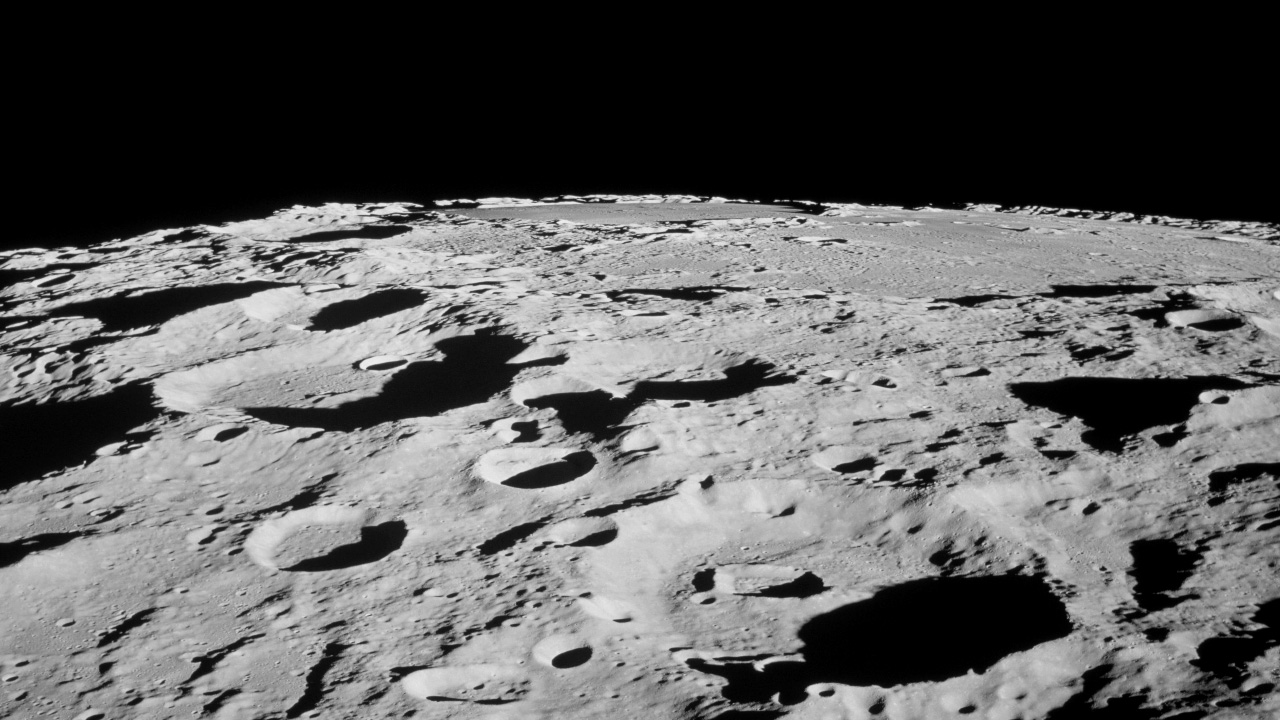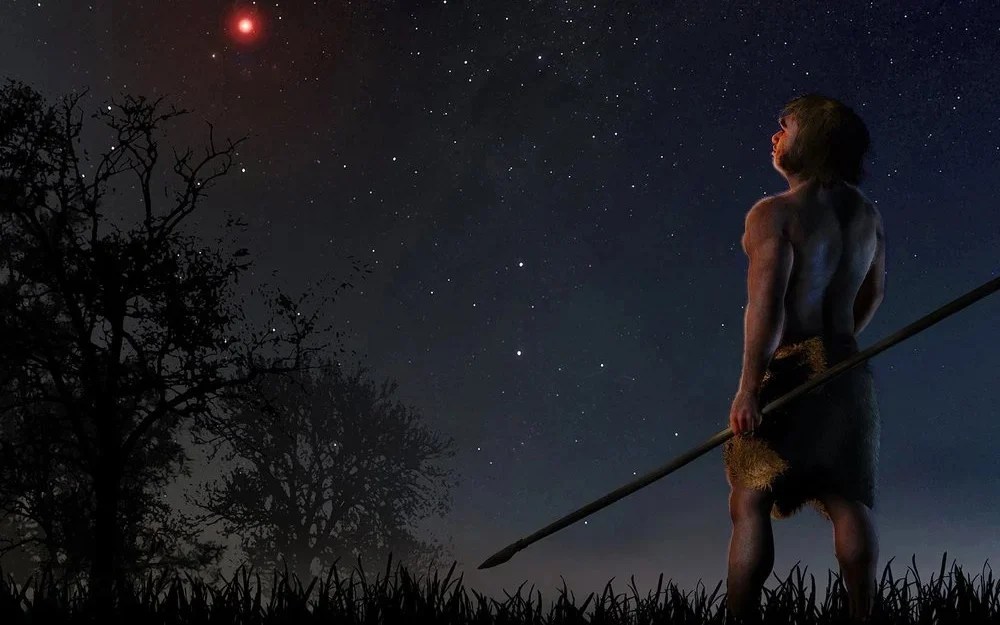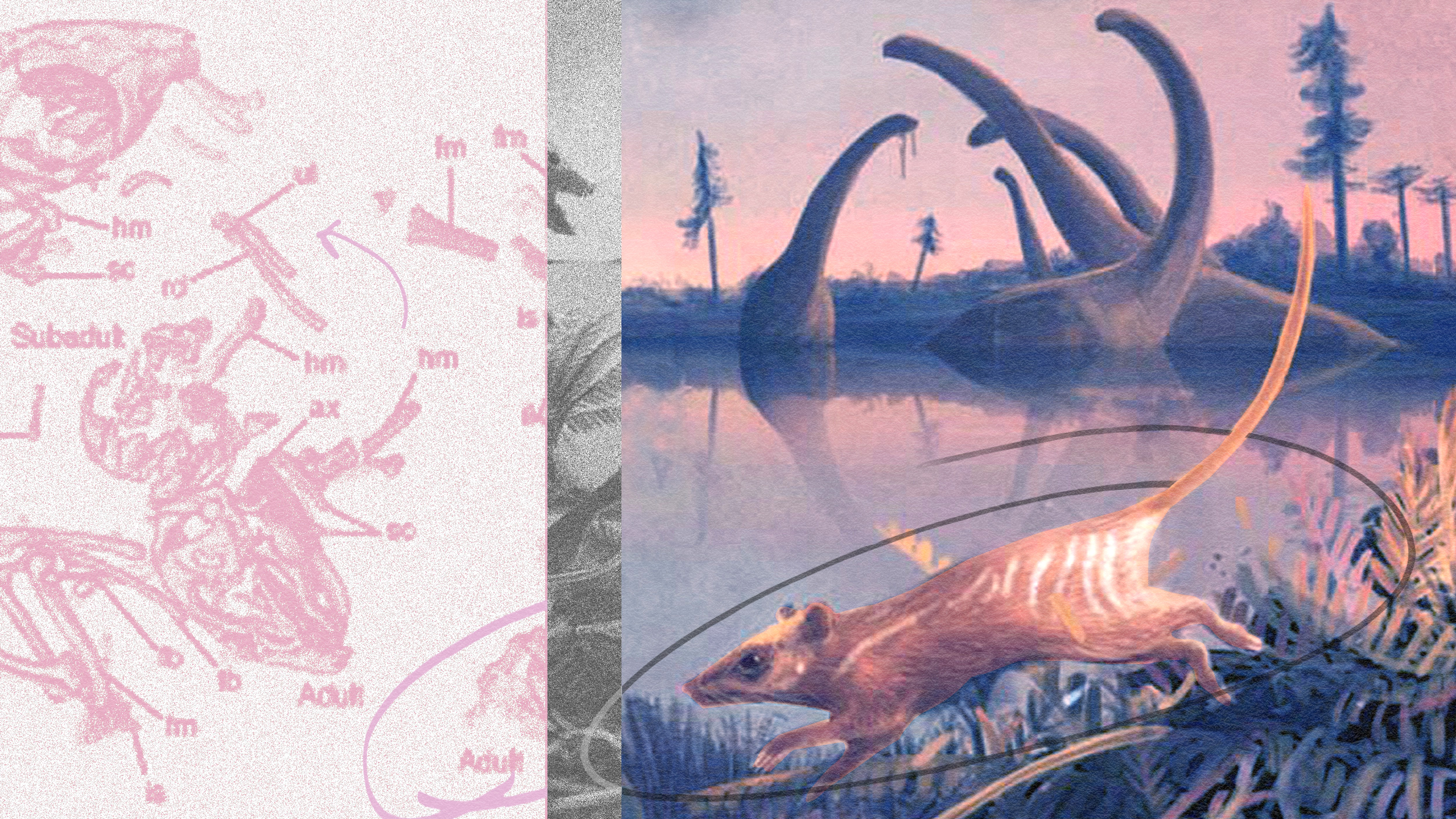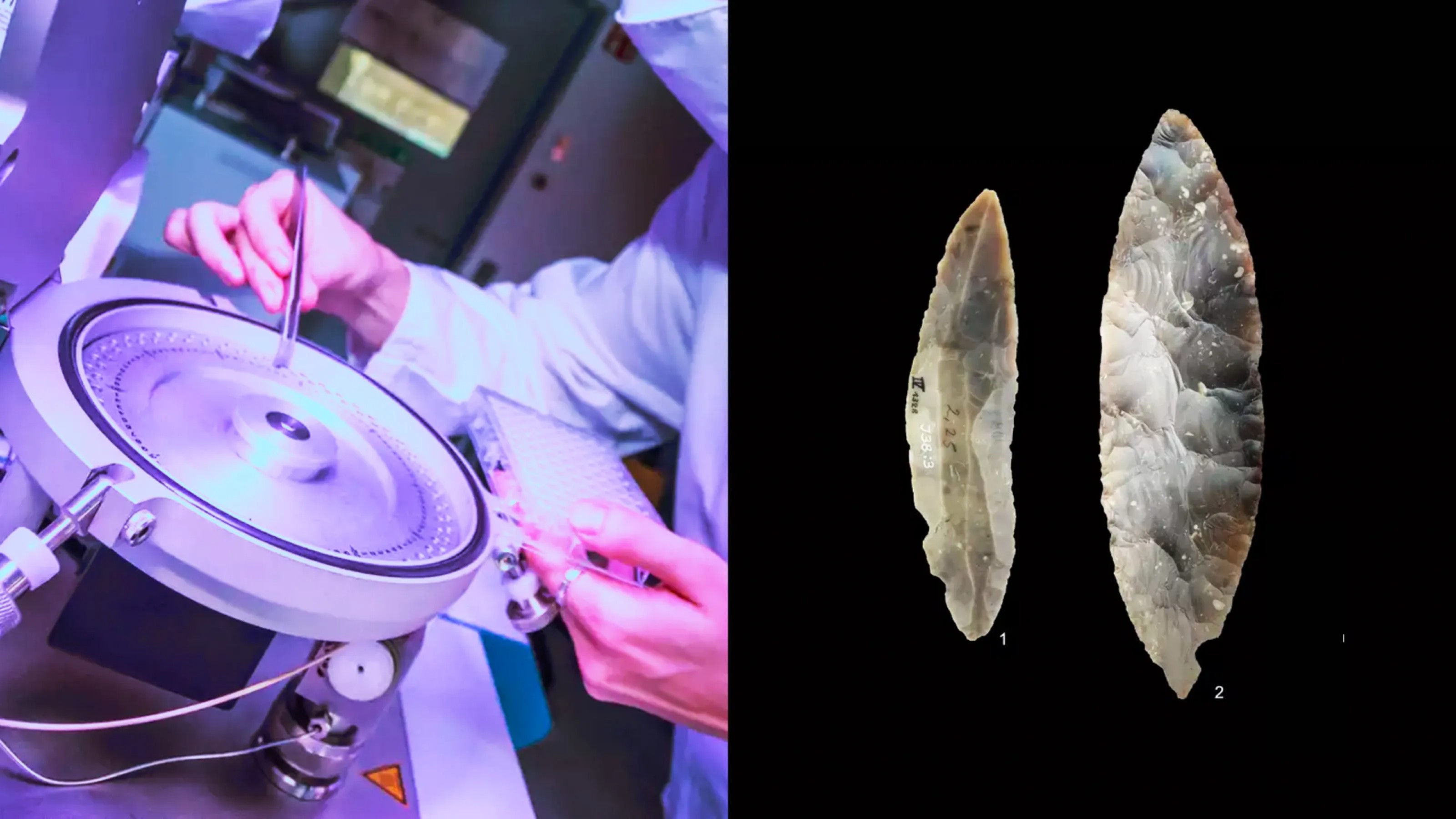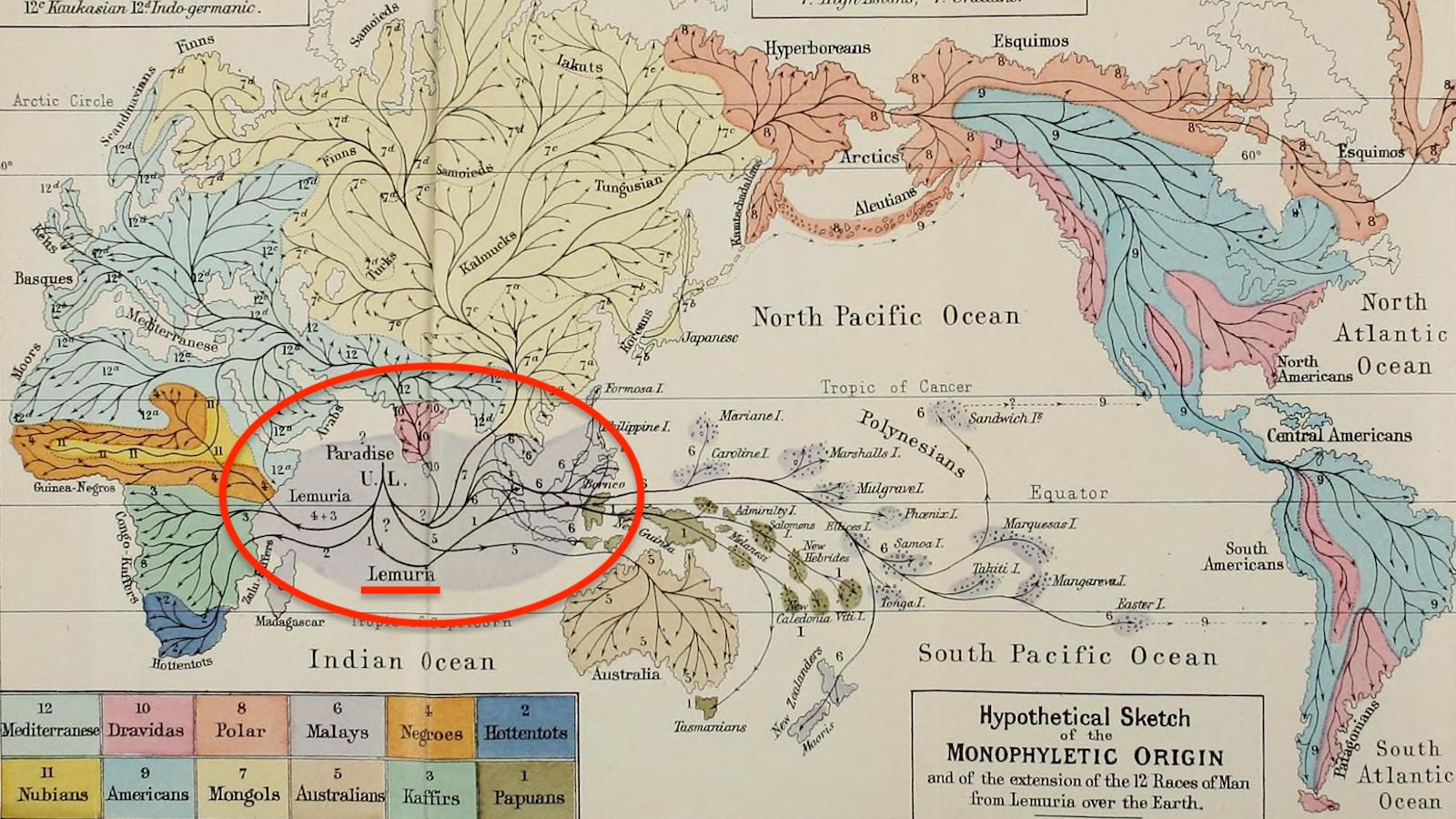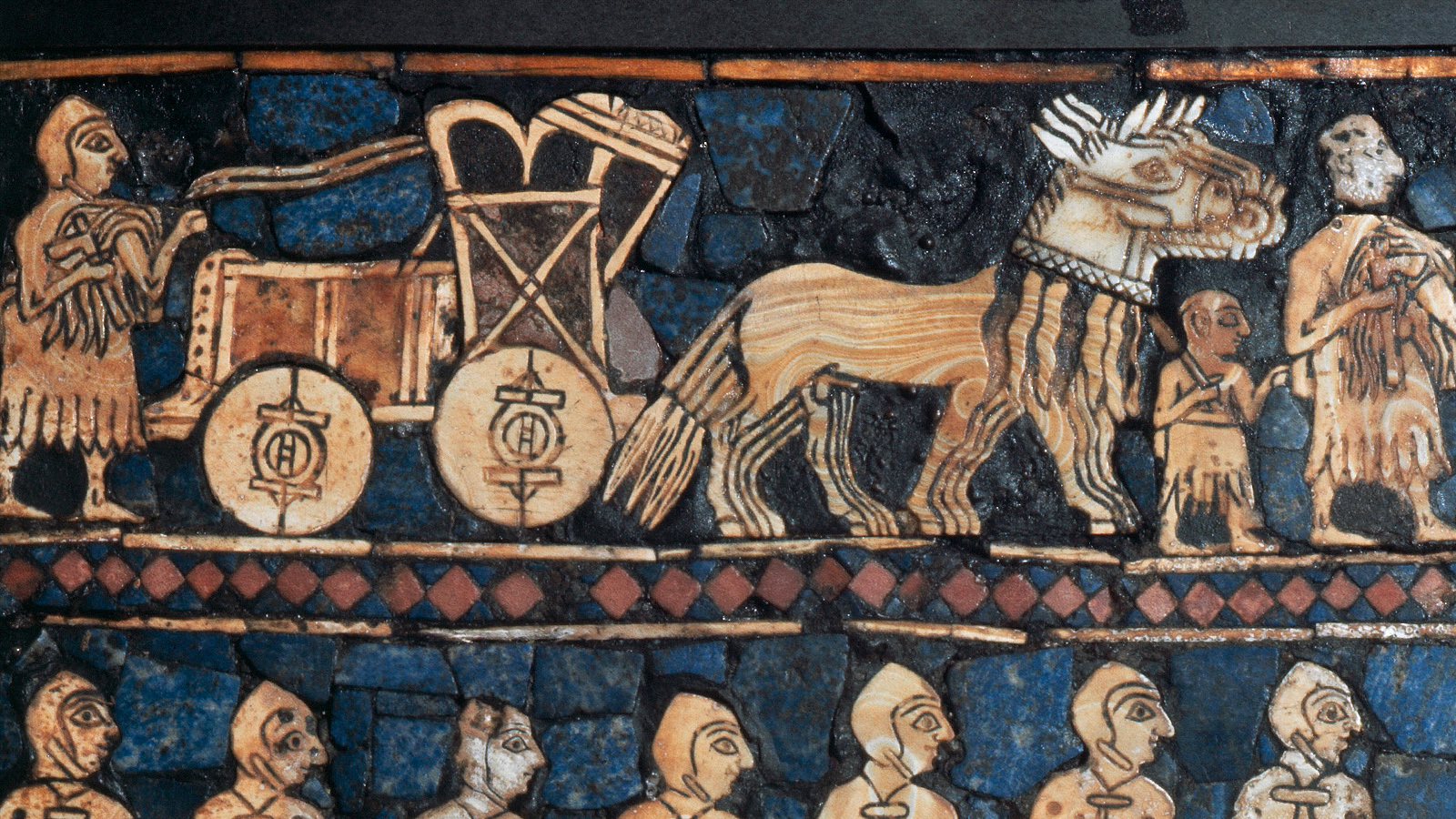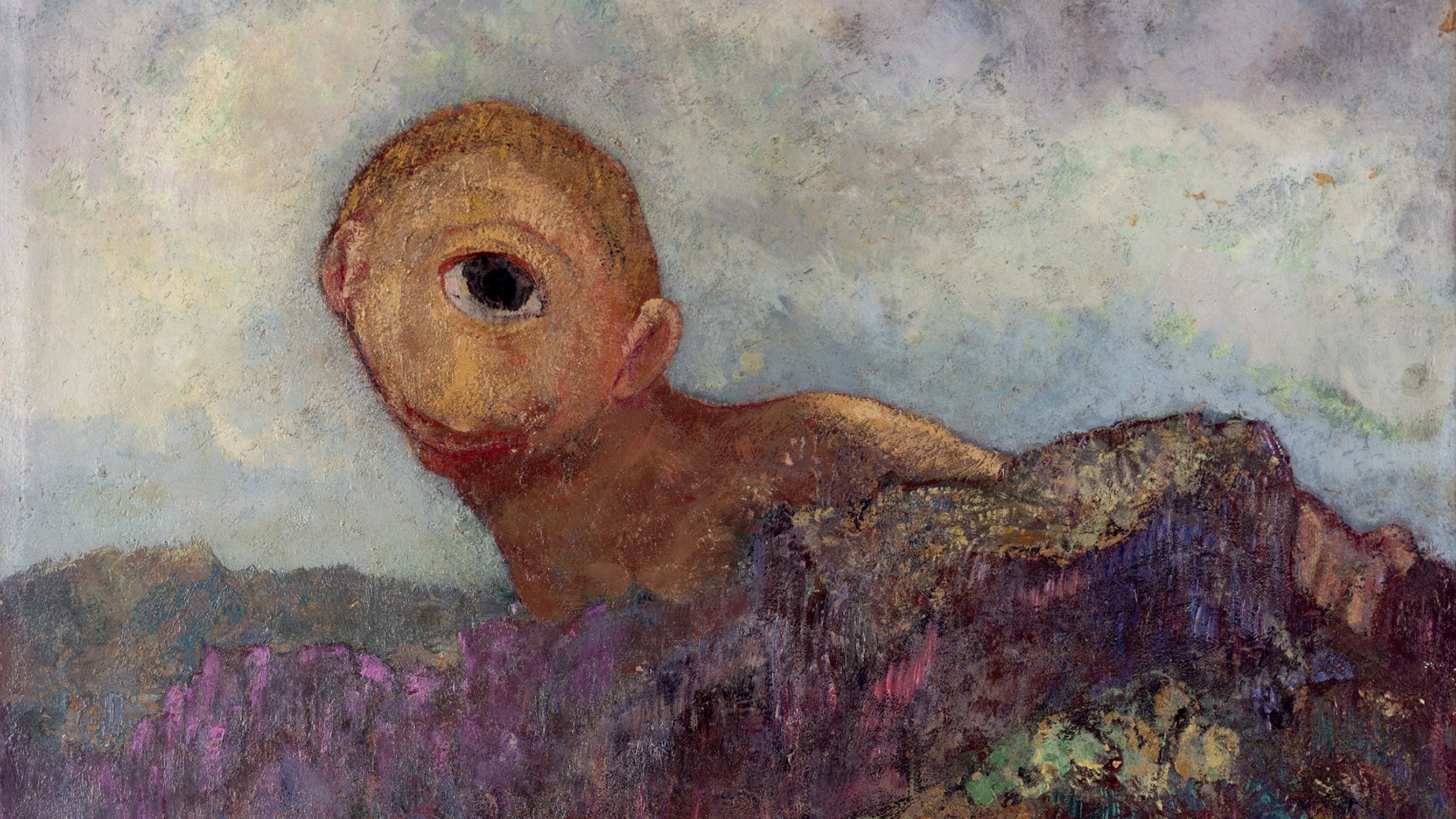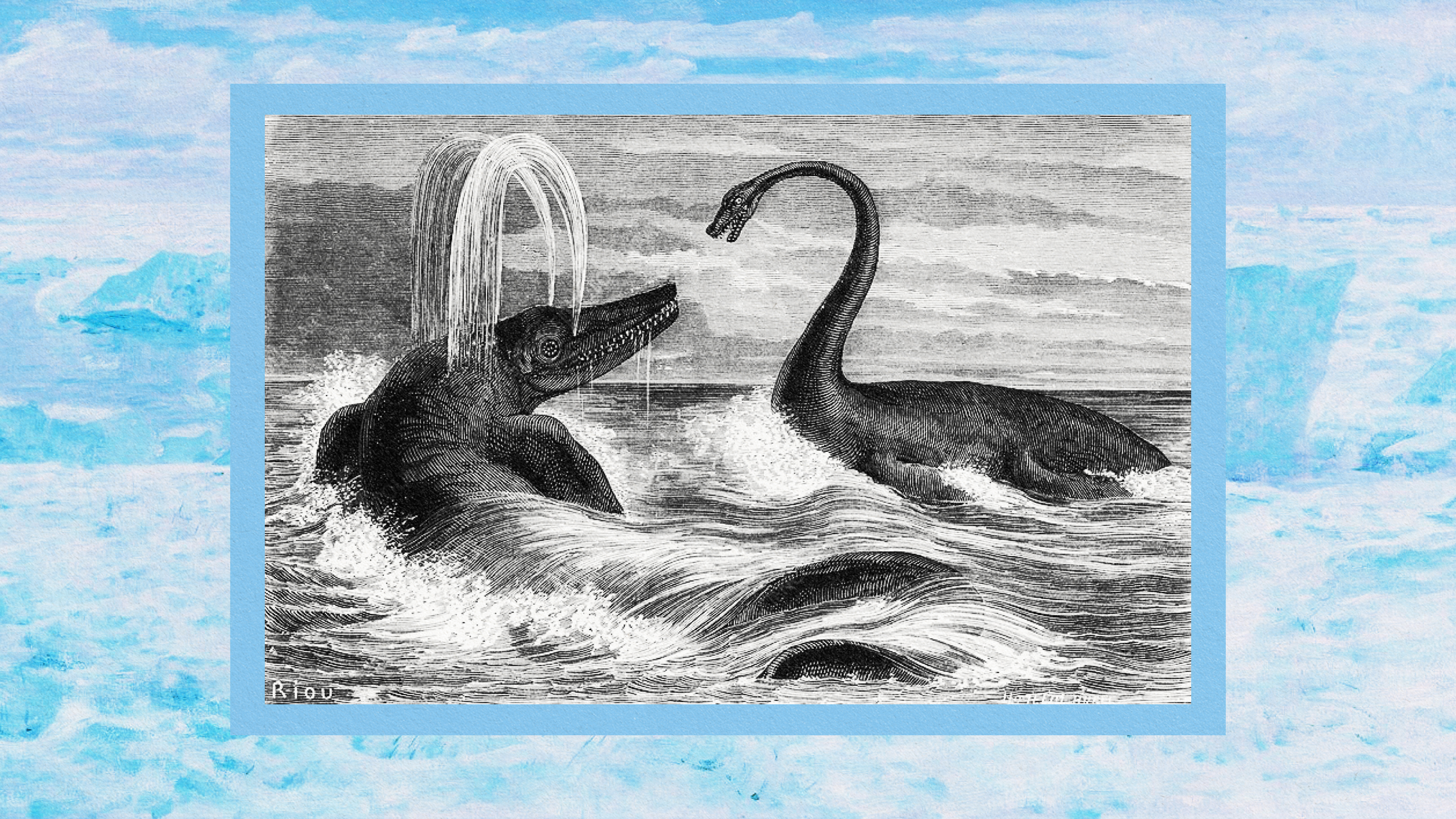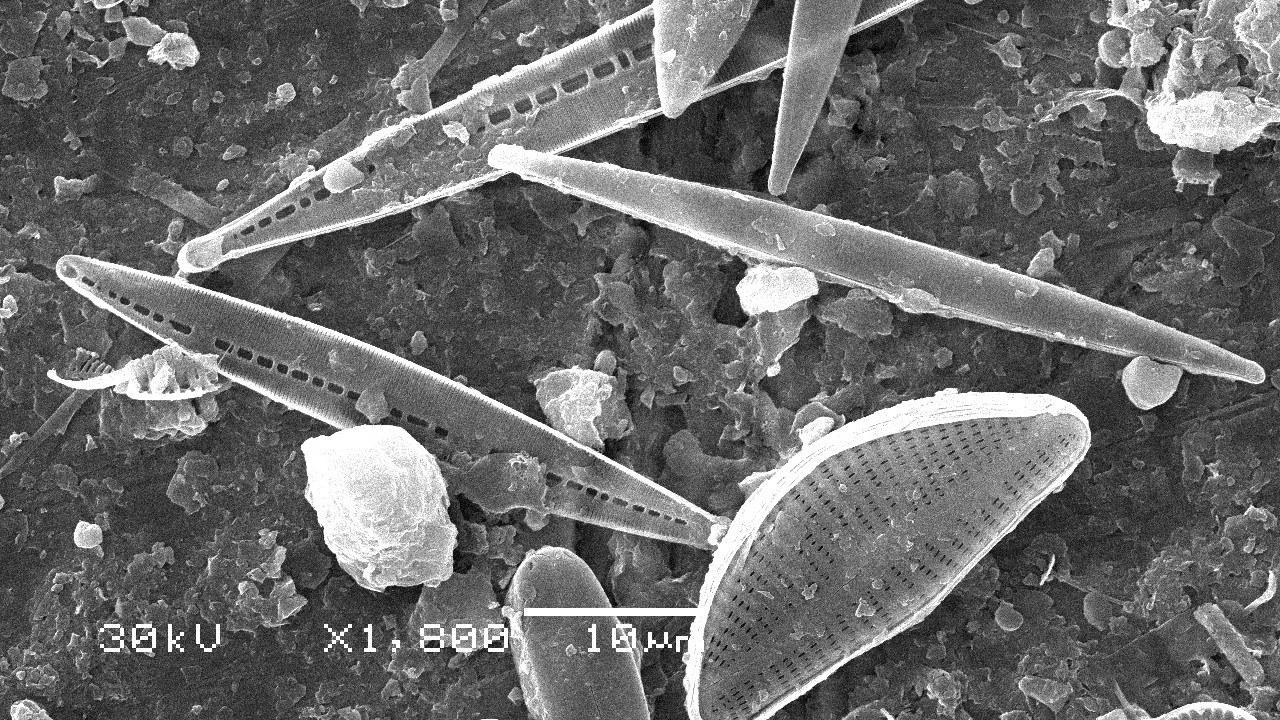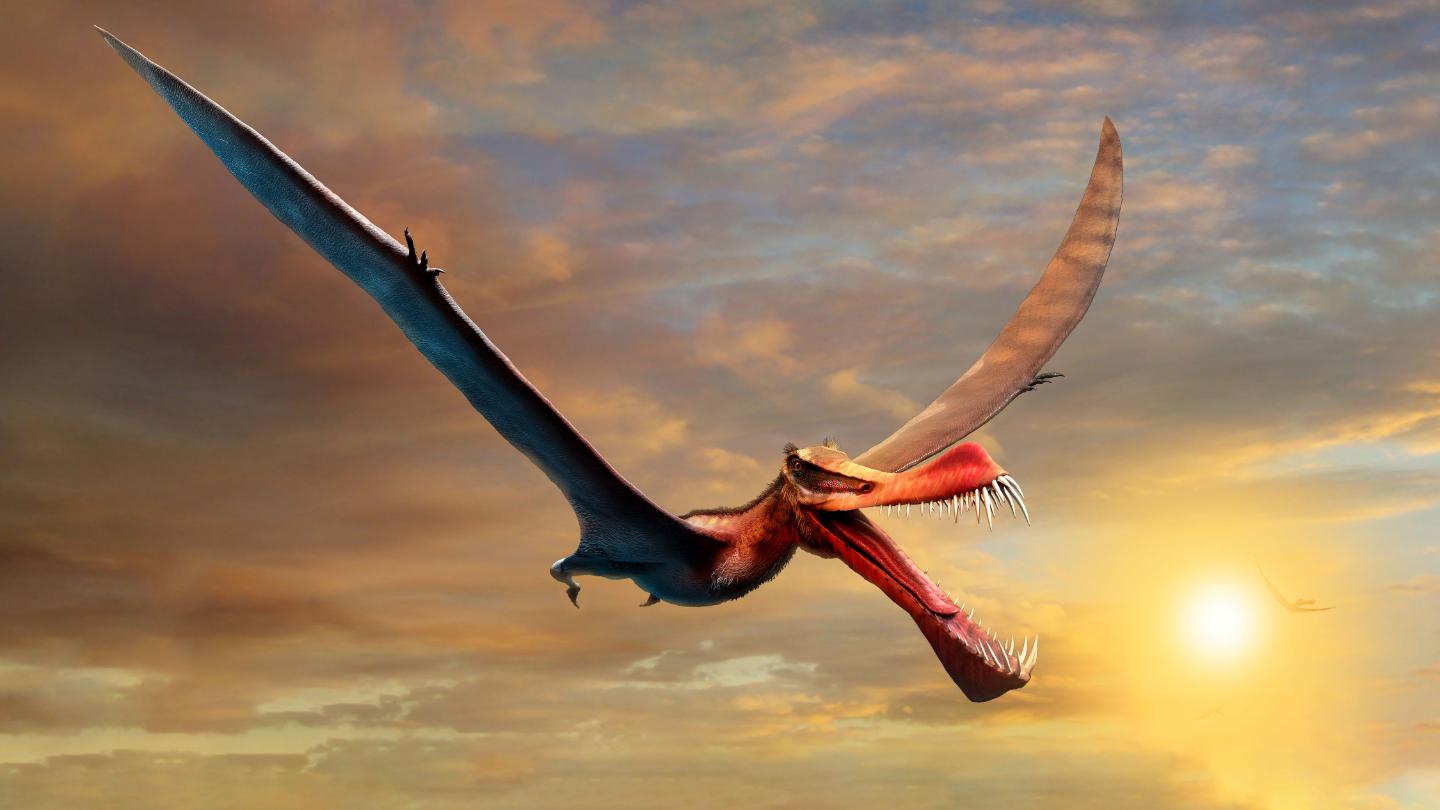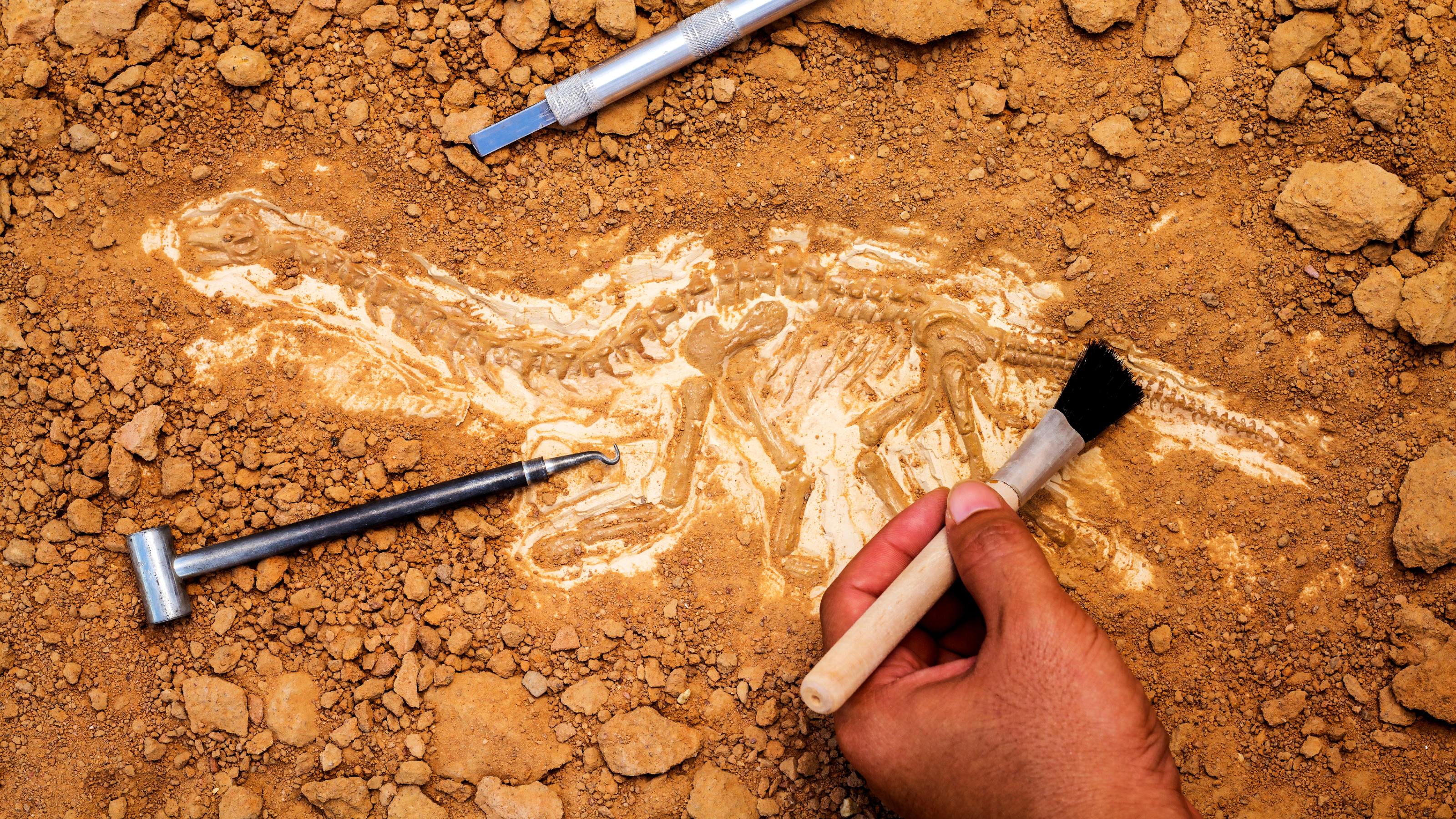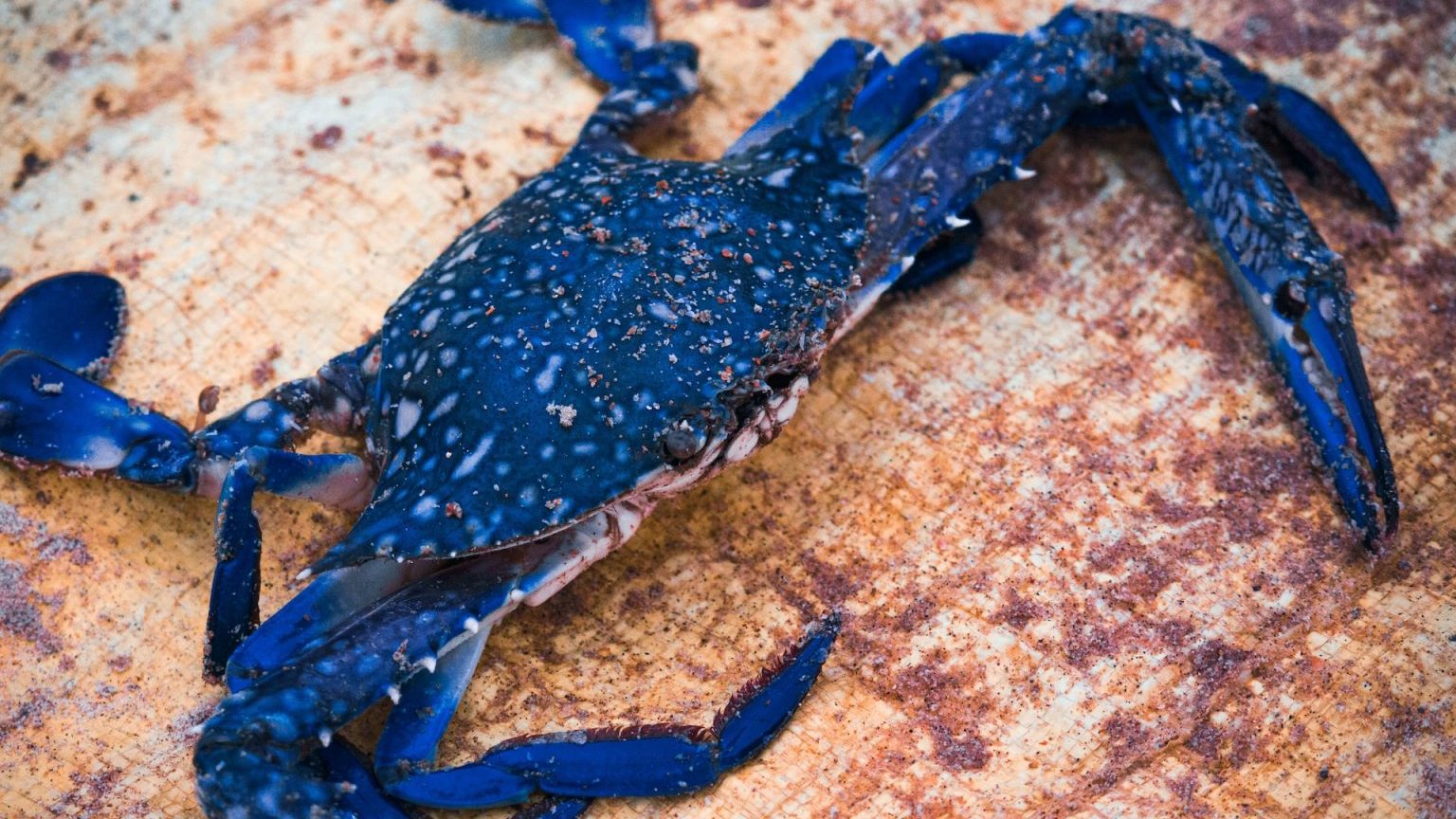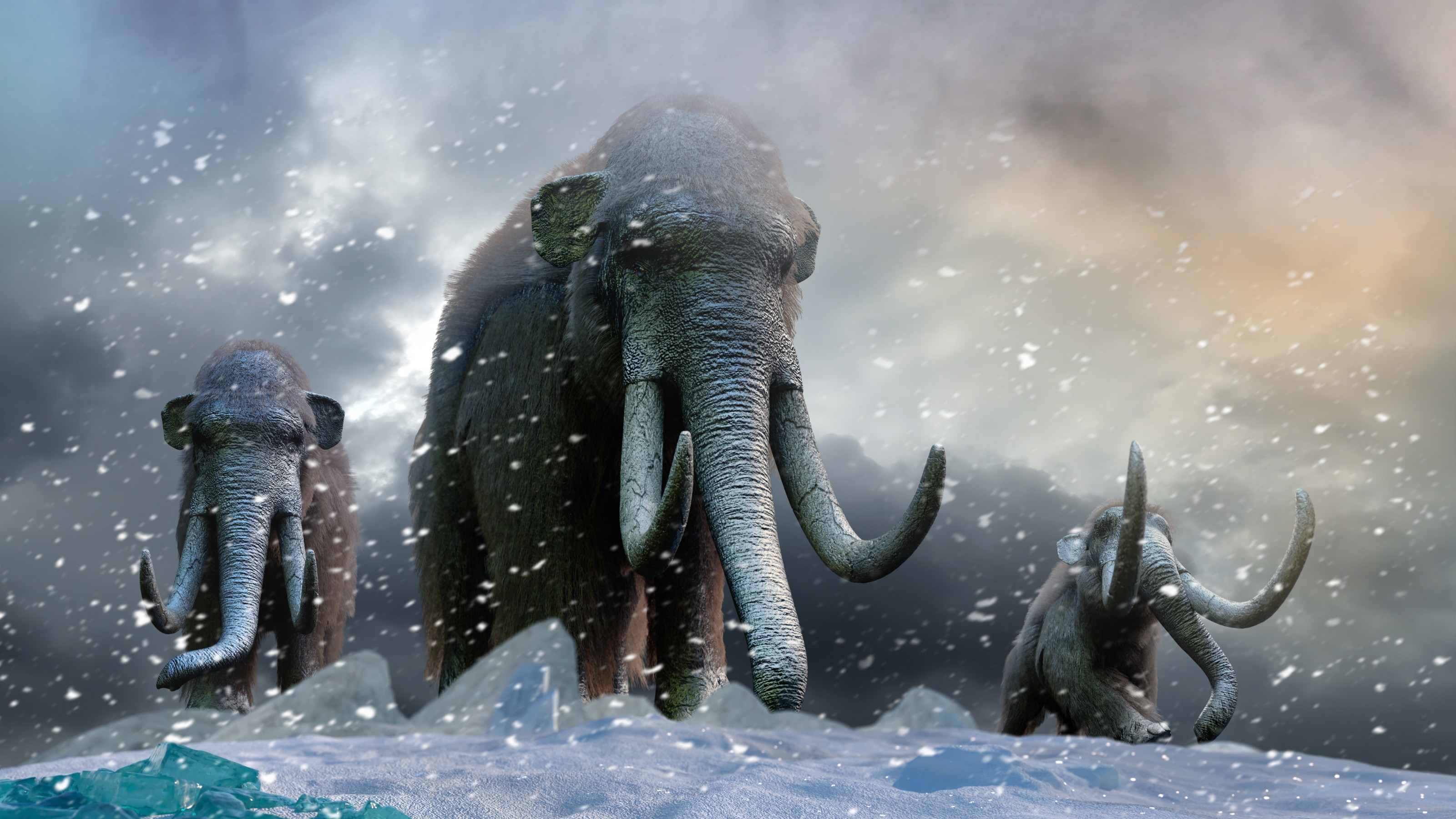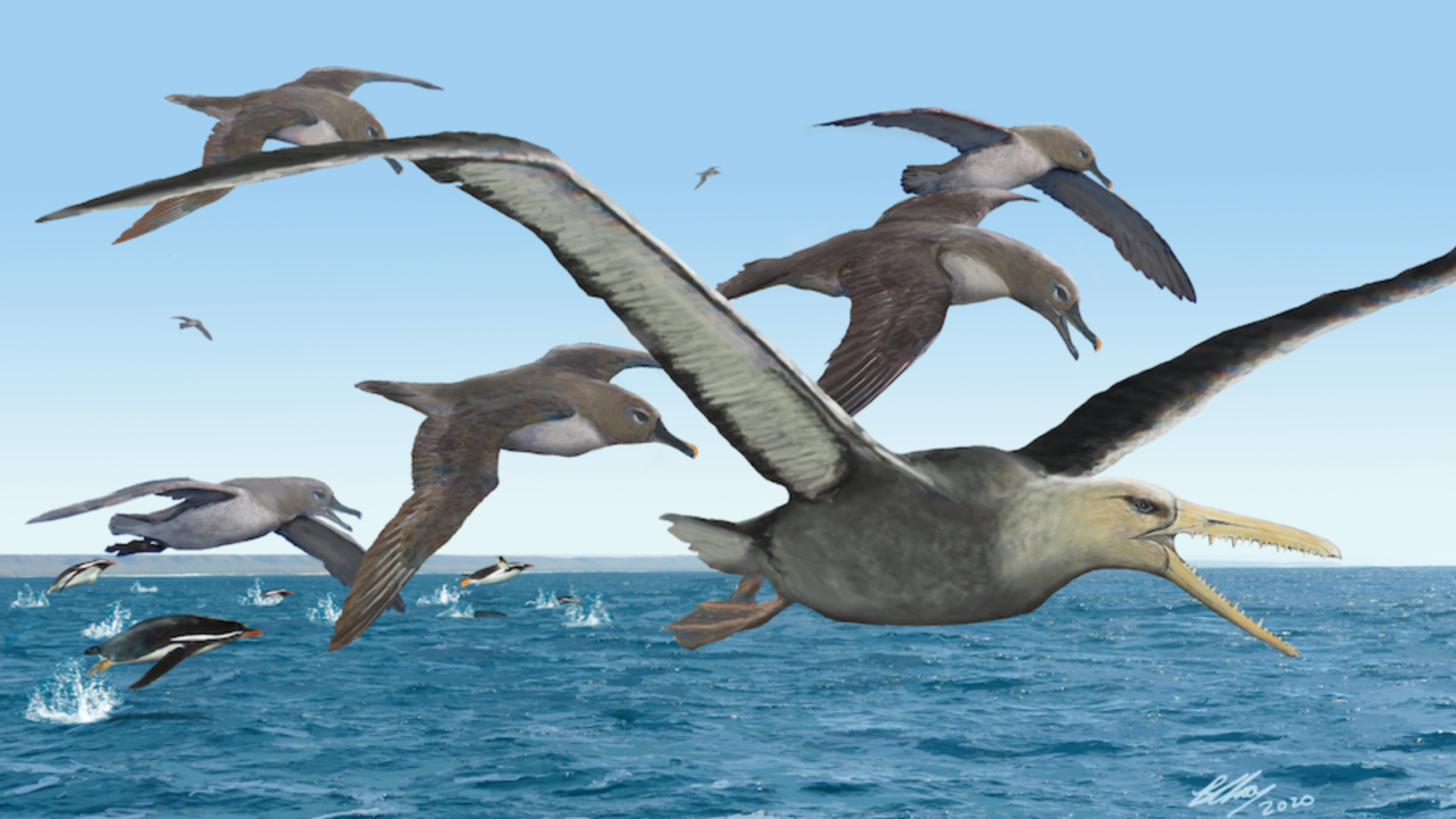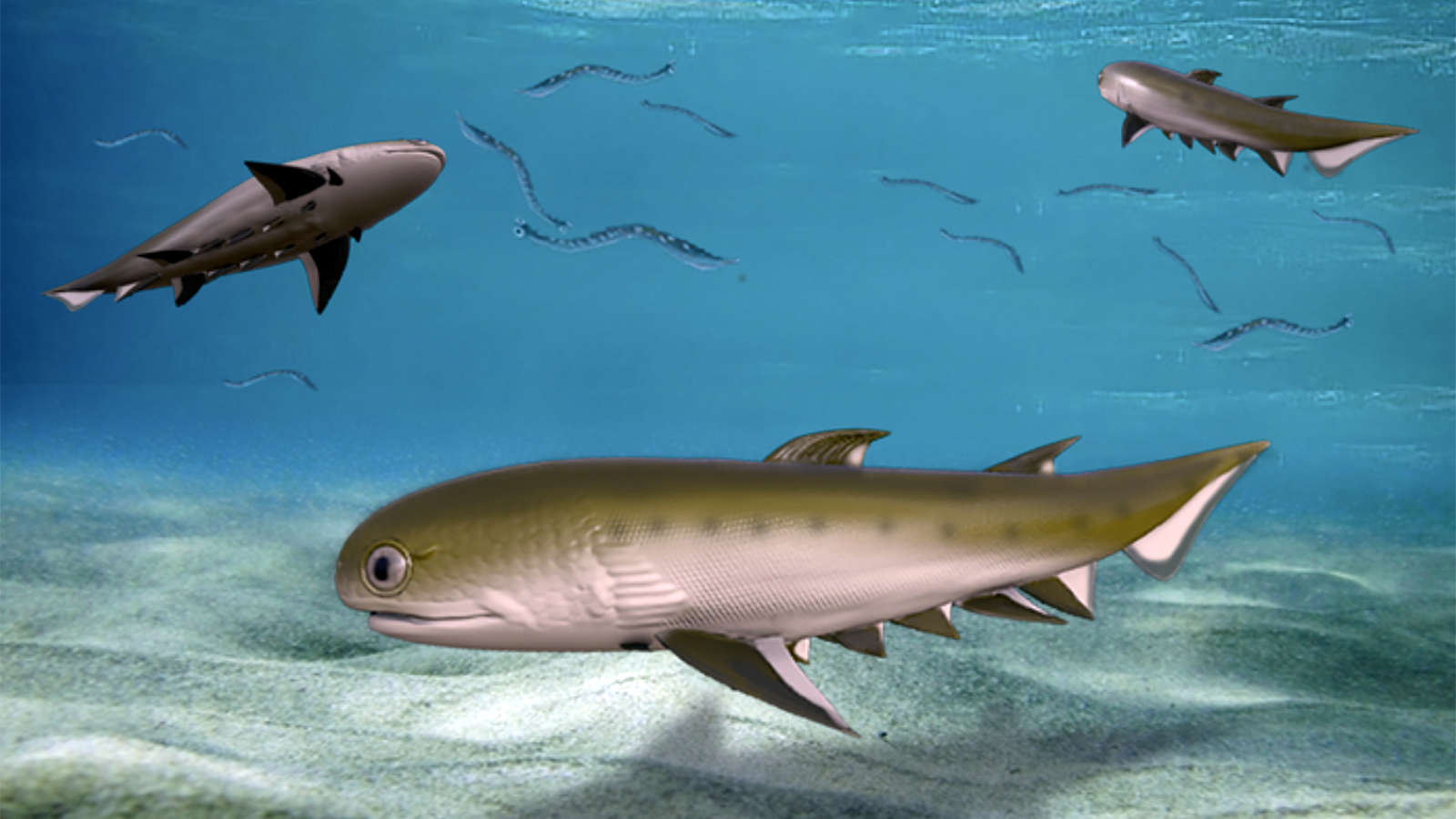fossils
In “The Secret History of Denisovans,” Silvana Condemi and François Savatier trace the story of our mysterious hominin ancestor.
If an asteroid hadn’t killed off the dinosaurs, humans would almost certainly have never walked the Earth.
Some biologists believe natural selection produces animals that are just good enough. Dawkins disagrees.
The Moon is the most likely place for evidence from the dawn of life on Earth to be preserved in cold storage.
Despite billions of years of life on Earth, humans first arose only ~300,000 years ago. It took all that time to make our arrival possible.
Although mammals may be the dominant form of life today, we’re relative newcomers on planet Earth. Here’s our place in natural history.
For billions of years on Earth, life was limited to simple unicellular, non-differentiated organisms. In a mere flash, that changed forever.
The study suggests that human ancestors expanded across Europe faster than previously thought.
The discovery suggests that the “Boring Billion” period of evolution on Earth wasn’t so boring after all.
These nematodes complicate how we understand evolutionary lineages.
Carnivorous plants fascinate as much now as when their gruesome diet was first discovered.
To this day, one cult believes that Lemuria was real, and that its people left us the sacred wisdom to revive their advanced civilization.
A 1.5-million-year-old hominin bone shows signs that the victim was eaten by lions — and humans.
Fossil Cycad National Monument held America’s richest deposit of petrified cycadeoid plants, until it didn’t.
Hybrid animals emerge when two different species from the same family reproduce. For many years, the kunga’s lineage was just another genetic mystery.
People discovered prehistoric fossils long before Charles Darwin published “On the Origin of Species.” The remains of these unknown creatures often puzzled their discoverers.
A marine reptile fossil from Svalbard challenges ideas about evolution and Earth’s greatest mass extinction.
Embark on a journey through one of the most profound ecological transitions in the history of complex life.
Each year, several trillion pounds of microscopic silicon-based skeletons fall down the water column to pile up into siliceous ooze.
Meet your new flying nightmare: Thapunngaka shawi.
Evolution repeatedly hit upon this solution simply because it works.
2022 was another busy year in the realm of science, with groundbreaking stories spanning space, materials, medicine, and technology.
De-extinction, if it is ever possible, will not be simple.
The spikes in their mouths would have helped them catch squid or fish.
Cooperation was the first technology.
Tracing the origin and development of jaws — and other anatomical features that humans share — sheds some light on how we came to be.
